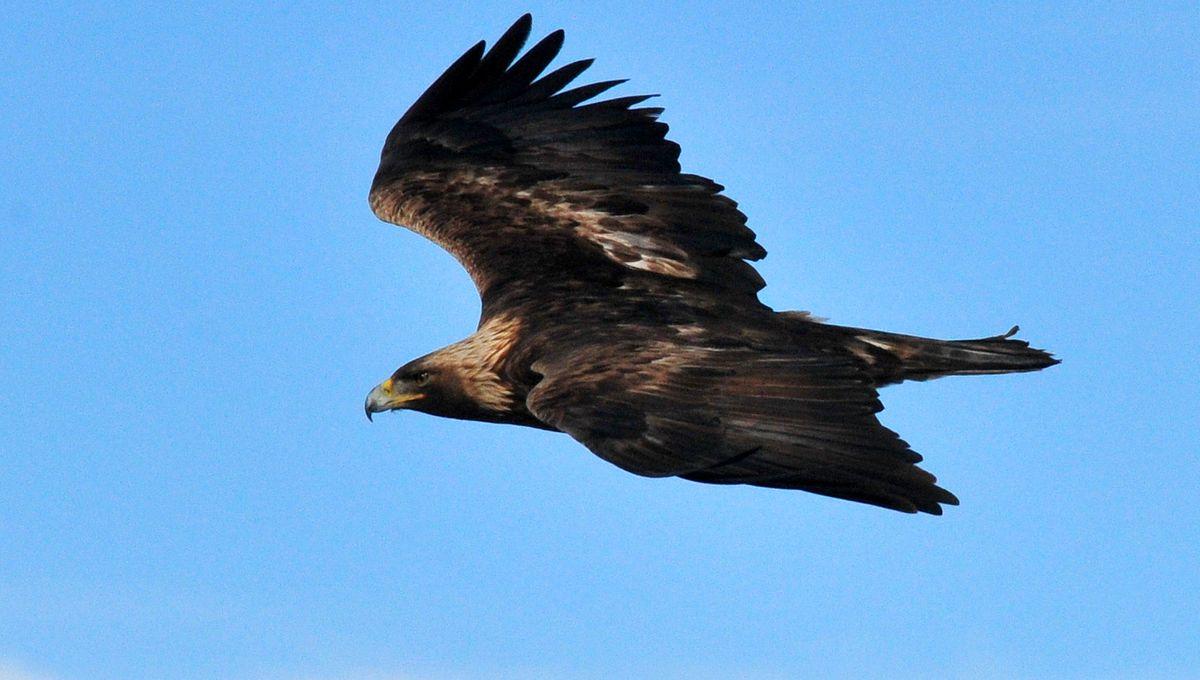-
Feed de Notícias
- EXPLORAR
-
Páginas
-
Blogs
-
Fóruns
Color Vs. Flight: Are Darker Birds' Feathers Weighing Them Down?

Color Vs. Flight: Are Darker Birds' Feathers Weighing Them Down?
What is heavier: 1 kilogram of feathers or 1 kilogram of steel? Whilst the answer to this classic riddle is that they both weigh the same amount, it may be surprising to discover that the color of a feather can result in different weights.
The rest of this article is behind a paywall. Please sign in or subscribe to access the full content. When we think of feathers, especially from a tropical bird, we can picture a spread of dazzling hues from the whole rainbow spectrum. Birds have evolved these colors for the purposes of camouflage, courtship, and visual communication. For a feather to have color, pigment is added to the feather’s keratin structure. Melanin is a polymeric compound synthesized in the pigment unit of the feather follicle. As the feathers grow, the melanin is transferred to the feather’s keratin structures. Since melanin is a polymer, it has a relatively high molecular mass (basically, it's a large molecule), meaning these pigments can contribute to the mass of the feathers. There are two main chemical forms of melanin: eumelanin (responsible for black, grey, and dark brown colors) and pheomelanin (responsible for light brown and orange hues). Melanin is the king in the pigment game in birds, but there are other pigments in feathers, such as carotenoids, famously found in carrots and making them orange. Feathers aren’t just a fashion statement though. They have also evolved for other functions, including flight. This involves a balance between weight and strength, and any additions of materials, e.g. melanin pigment, could potentially come at a cost. Researchers in Spain have investigated how much melanin adds to the weight of feathers and the difference in weight between the two types of melanin. In this study, 109 bird specimens across 19 species of birds were used, including the golden eagle (Aquila chrysaetos), red-legged partridge (Alectoris rufa), and pied flycatcher (Ficedula hypoleuca). In order to remove the melanin, NaOH (sodium hydroxide – also known as caustic soda) was used to disrupt the keratin matrix. The released melanin was then separated from feather particles through centrifugation before purification using HCl (hydrochloric acid) and distilled water. The melanin samples were then left to dry at a toasty 100°C (212°F) for 2 hours. The mass of the extracted melanin was weighed and compared to the original weight of the feather. It was found that the melanin pigments were around 25 percent of the feather’s dry mass. However, one species of raven with very dark feathers was made up of over 60 percent melanin mass. That might sound like a lot, but generally, feathers make up about 6.3 percent of a bird’s total body weight, so feathers usually don’t add much weight overall. And currently, there is no clear data on how much feathers can weigh without hurting the bird’s ability to fly. Turns out, not all pigments weigh the same. Eumelanin, the darker shade of melanin, was heavier than pheomelanin, which produced lighter colors. So those cool crows and ravens rocking that goth look technically have to carry a heavier weight flying in the sky than their lighter shaded friends. That extra load means darker birds pay a higher energy price to fly, which might explain why migratory birds tend to have lighter colored feathers with less eumelanin. The scientists suggested that birds with a lack of pigmentation (white feathers) might use the energy to grow thicker or denser feathers, which can keep them warm. This might explain why many Arctic predatory birds, like snowy owls (Bubo scandiacus), frequently have white feathers even though they don’t primarily depend on camouflage – they might be trading off color for better insulation. So, how much extra feather weight can a bird handle before it affects its flight performance? That’s still a mystery, but the scientists believe it is limited to around 25 percent and encourage further studies on other feather pigments. Just know that a bird's feathered fashion is scientifically balanced between looking fabulous and being light enough for effortless flight. The study is published in the journal Biology Letters.


